Hiking matters #389: Mt. Guiting-Guiting Traverse Dayhike, Part 2: Across the Knife Edge to Mayo’s Peak and down
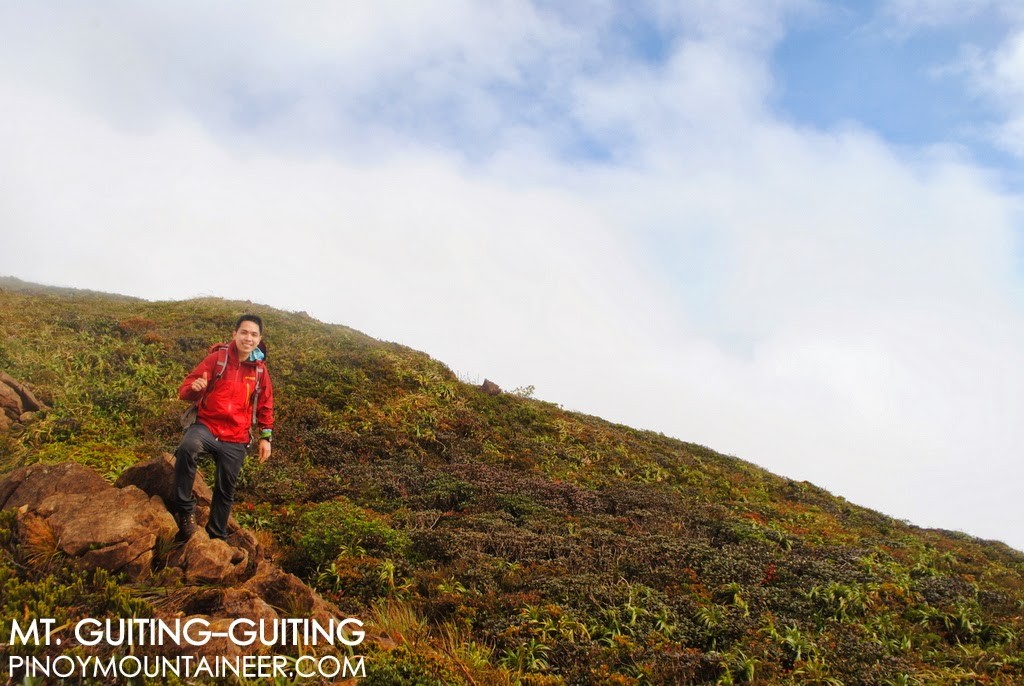 |
| At the summit of Mt. Guiting-Guiting, 2058 MASL |
M/V MARIA QUERUBIN – Continued from Hiking matters #388: I was very jubilant upon reaching the summit of Guiting-Guiting, all the more because I knew that more challenges lay ahead, more reasons to be excited about the hike. If the G2 traverse dayhike can be likened to one of my favorite anime, I’d say that Kenshin has yet to fight Shishio. まだまだだね!
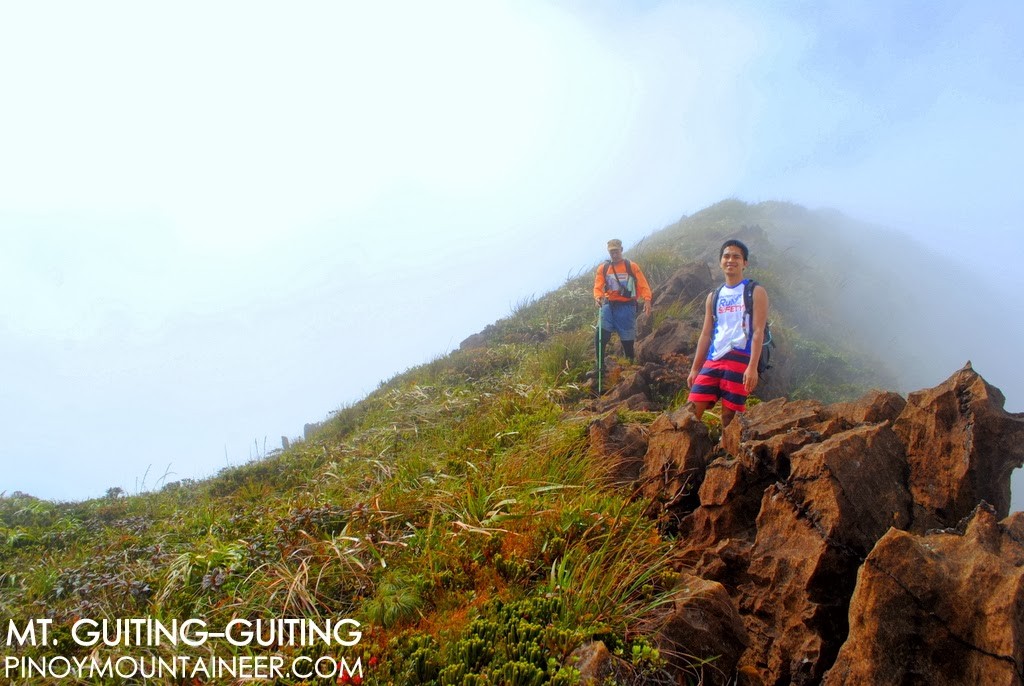
We resumed the trek at 1000H. A few minutes into the traditional trail, the so-called ’90-degree’ rock formation is the literal and metaphorical gate to the rock-filled adventure that continues unabated until one reaches Mayo’s Peak. In the traditional trail, this is the finale – the gauntlet before the victory. In 2008, we aspiring G2 climbers were first inducted into the lore of the mountain, and this 90-degree obstacle seemed the scariest. But as with many things, what sounds impossible usually becomes doable when you’re already there.
Past the ’90 degree’ wall follows what I consider to be the most challenging part of the crossing to Mayo’s Peak – a series of precarious rock formations requiring descending with the utmost care – there is always the possibility of stepping on the wrong rock, or slipping: the jagged edges of the rocks aren’t exactly the best place to land your knees or elbows. It is also “slippery when wet’ – which we experienced for ourselves. Still, it can be a very enjoyable experience. As long as you’re sure with where you’re steeping on and what you’re holding onto, you can descend without worries.
The next named segment of the trail is the Peak of Deception. It is truly a deceptive sight for hikers coming from the traditional trail – by the time you reach that point part of you would like to wish for the summit to be at hand, only to find out that the true peak is still 45 minutes to an hour away. From the Peak of Deception to Mabel’s spring (which is actually just a tiny trickle of water from the rocks, if at all) the same character of the trail continues.
Beyond Mabel’s spring, however, it gets easier: The “Kiss the Wall” segment is a breathtaking turn around one of the rock faces, then a few more peaks – called ‘Camelbacks’ because they resemble the hump of a camel. Next up was the Knife Edge, which I consider to be the most scenic and beautiful portion of the trail, but also one of the easier ones – lots of rhododendrons to hold onto, and the slope is mostly even. Still, G2 is full of surprises – hands and feet en garde!
Mayo’s Peak then emerges – it truly looks like a peak from the Knife Edge – and although without tall trees it is difficult to estimate how tall it is, it requires a good half hour from the base of the Knife Edge to its peak, which marks the end of the ‘technical’ part of G2. Indeed, one can breathe a sigh of relief upon reaching this 1500-meter peak. In our case, we also had lunch.
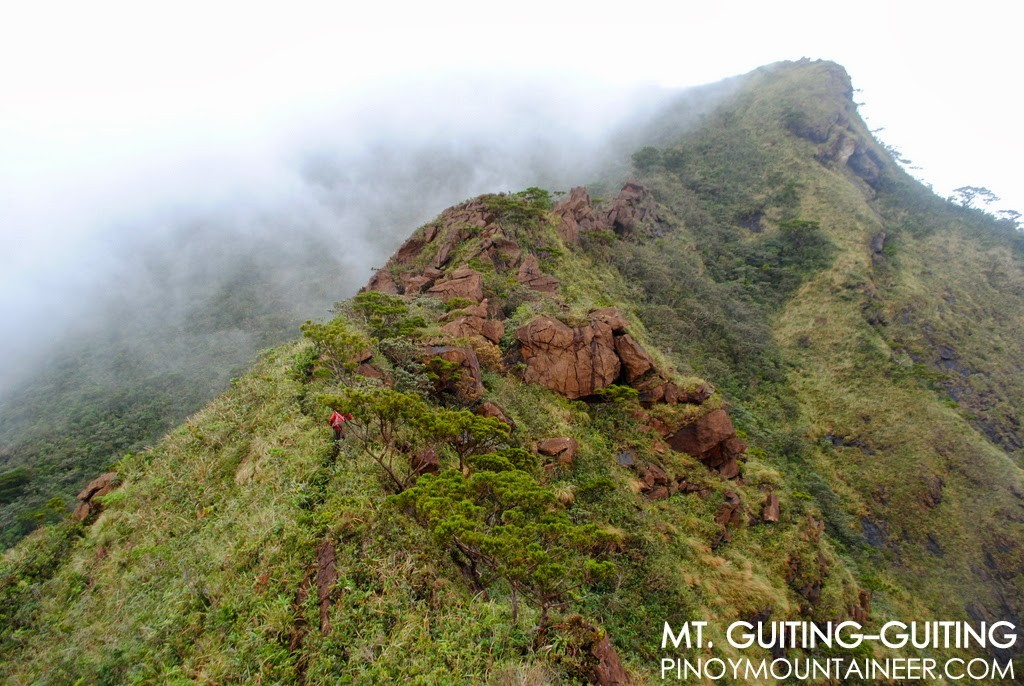
This forest, far from unremarkable, is described as one of the most biodiverse ones in the whole country and if I had more time I would have paused to look for nice insects, or orchids, or even birds – just as I did in Mt. Halcon last year. But I was also eager to reach DENR before nightfall, so, save for brief stops in the three ‘Camps’ we marched past the forest with relative ease.
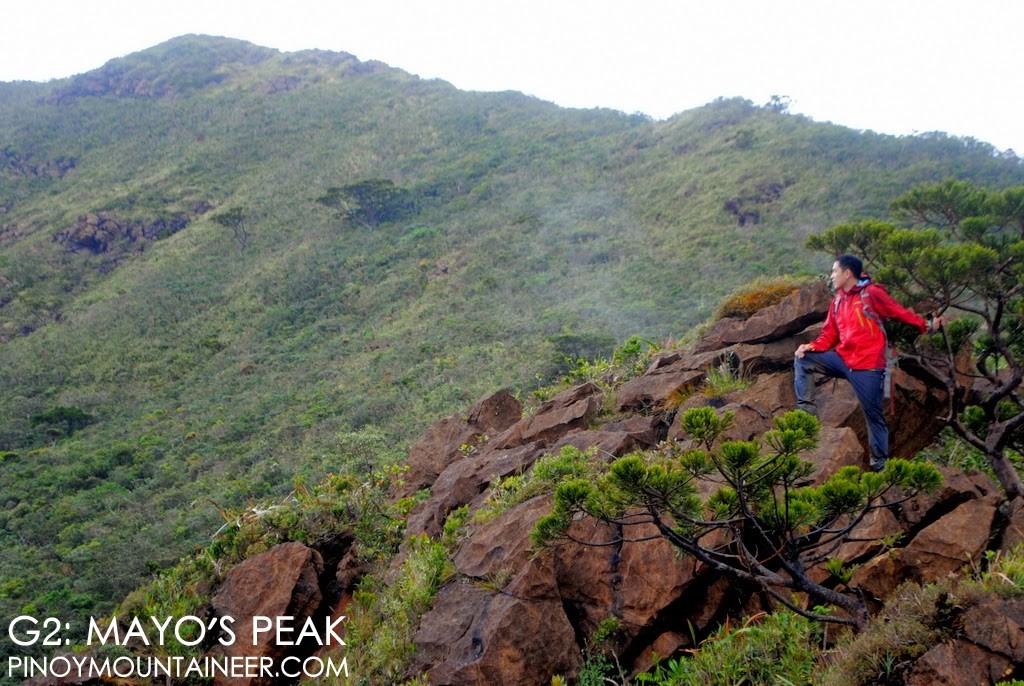
The forest ends in the river, where one can have a glimpse of the jagged peaks of Guiting-Guiting, with Mayo’s Peak on the right. To my knowledge these saw-toothed peaks haven’t been climbed yet, but I’m sure it’s only a matter of time before some intrepid souls pursue it. It’s just a thirty minute walk from the river to DENR; by 1830H we had finished the trek; we can thus clock the hike at 16 hours 30 minutes, which I think is good enough.
There will always be a question of whether the traverse is more difficult than the traditional trail; the answer would depend on a hiker’s strengths and weaknesses. Those not used to steep, continuous ascents would find the traditional trail easier. Those who dislike the acrobatics of the Knife Edge would find the straightforwardness of the traverse convenient. So while I prefer the traverse (I think all things being equal it’s always better to traverse than to backtrack), I think that in terms of difficulty I will have to go against the grain and opine that there is no significant difference between the two- both are challenging and deserving of the 9/9 rating.
In any case, I think the key to climbing G2 is managing two frames or mind. The first is concentrating in every step and never letting your guard down. But this the second is not getting overwhelmed, but instead enjoying every step, every movement, as if one were in a playground. Ultimately, it is not a question of whether one survived the mountain, but whether one enjoyed it, and found the experience meaningful and memorable. This, I guess, can be said of all mountains.
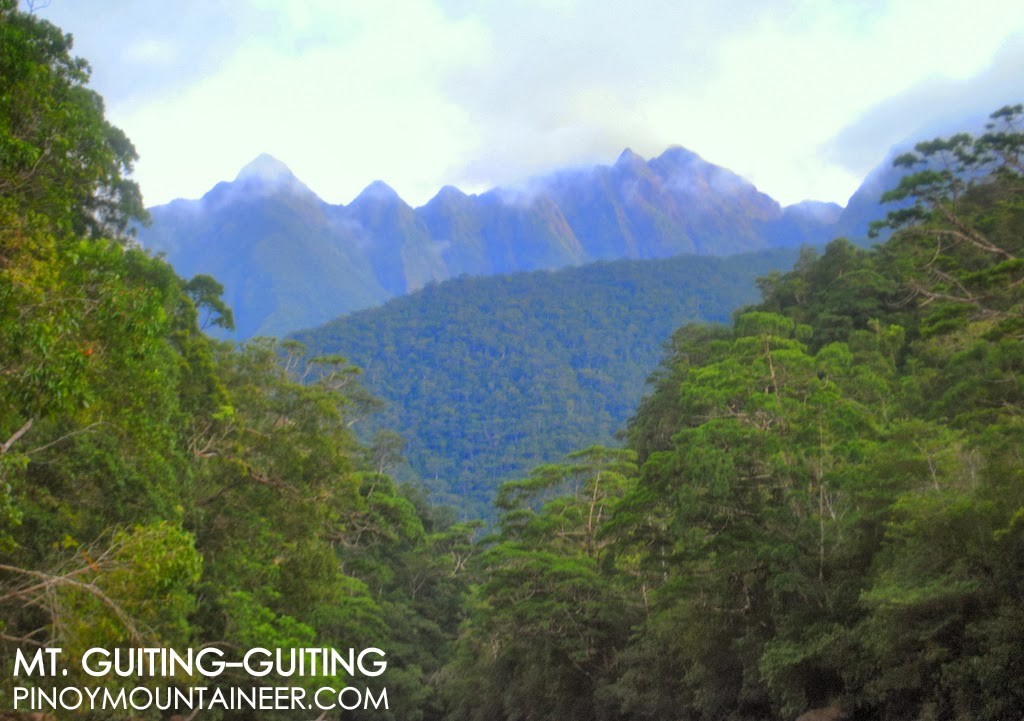
Six years ago, returning from my first Guiting-Guiting hike, probably aboard this same ship, I promised to myself that I would return. Now, having returned, I make the same pledge, and I look forward to another exciting and enjoyable time in the realm of the mighty Guiting-Guiting, doubtless one of the best hikes that our beautiful country has to offer.
Aboard the M/V Maria Querubin (Magdiwang-Romblon)
February 3, 2014
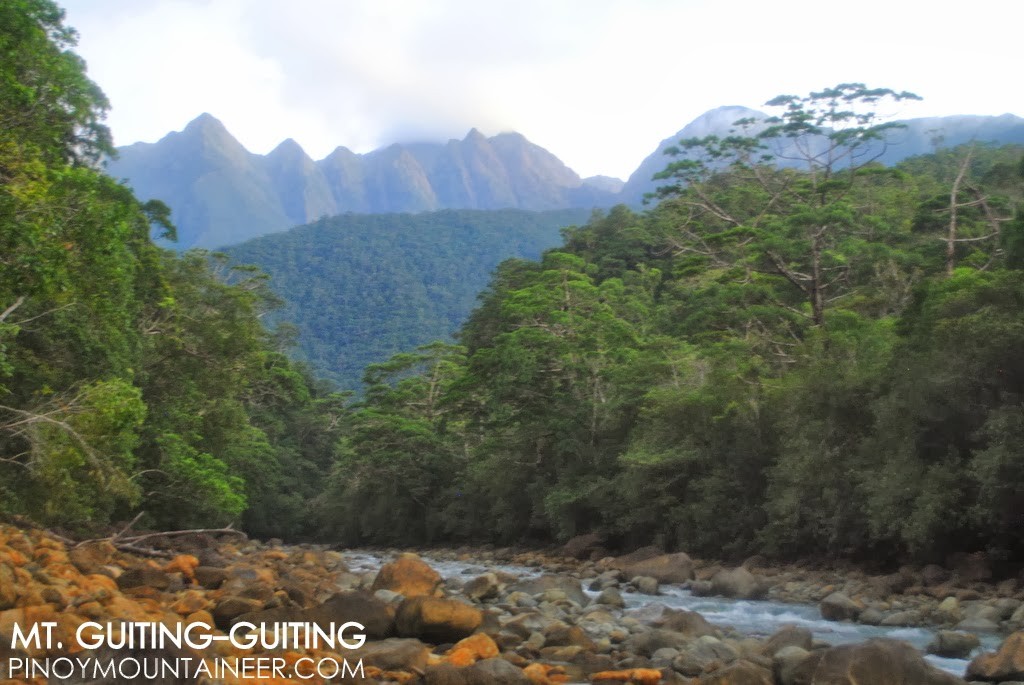
GUITING-GUITING TRAVERSE DAYHIKE
Hiking matters #388: Olango to G2 summit
Hiking matters #389: Knife Edge to Mayo’s Peak and down
Hiking matters #390: Sidetrips in Sibuyan

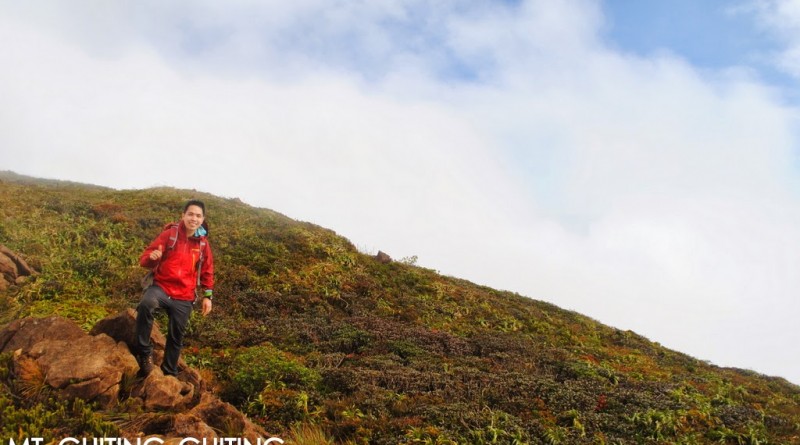

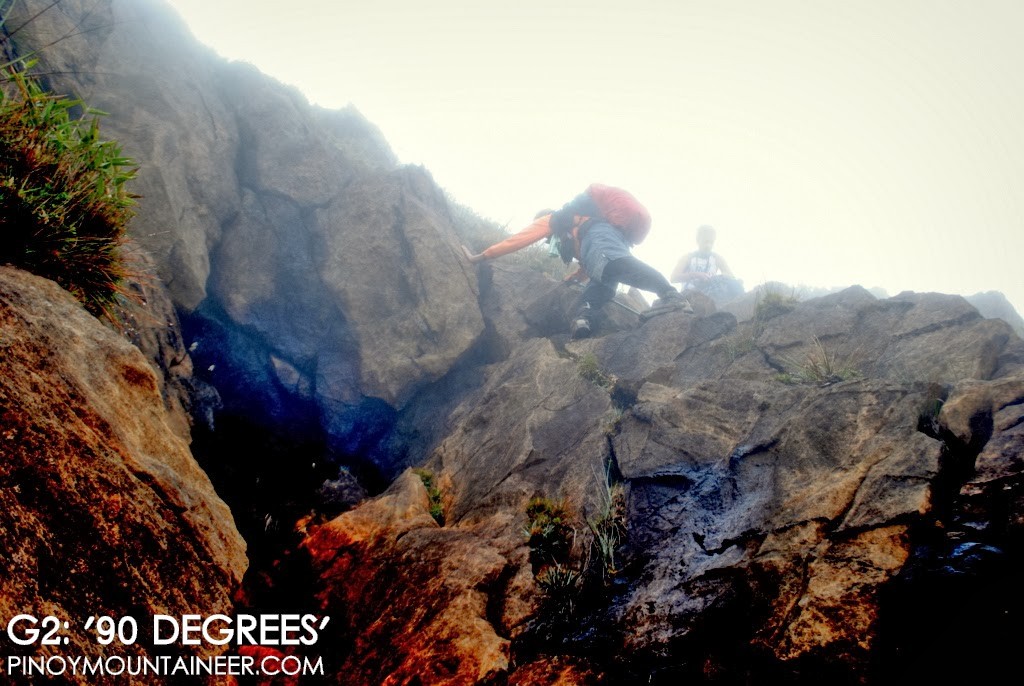
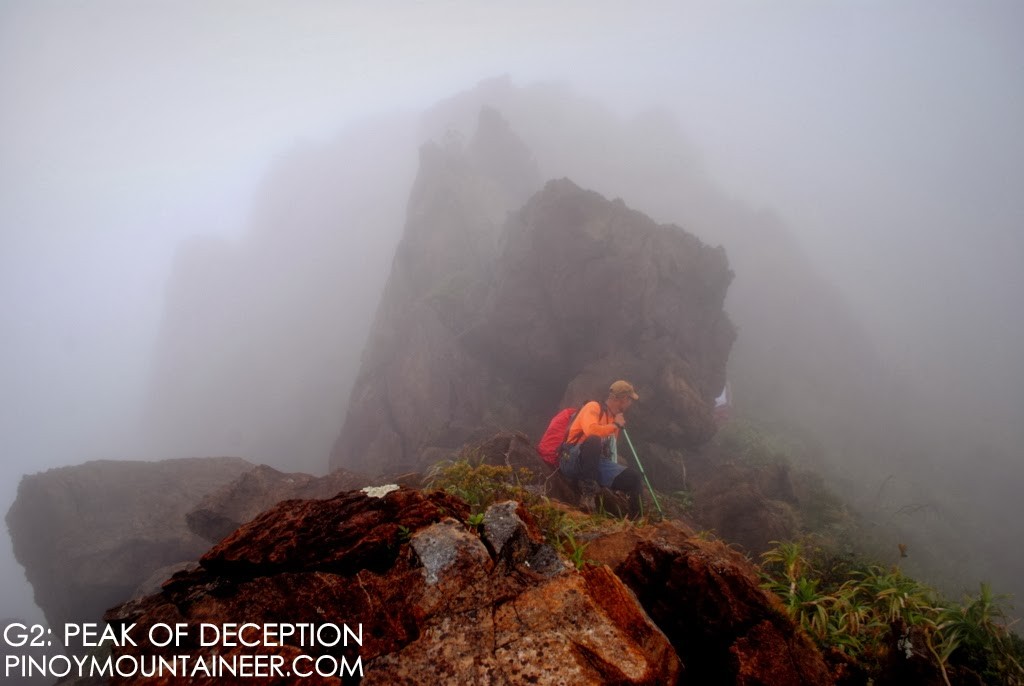
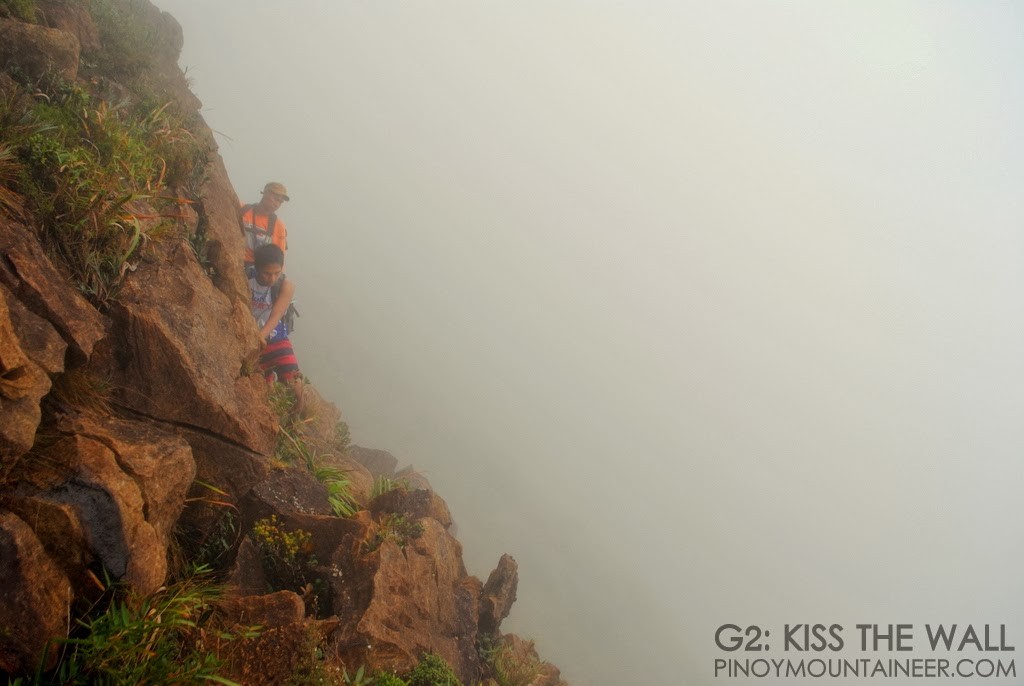
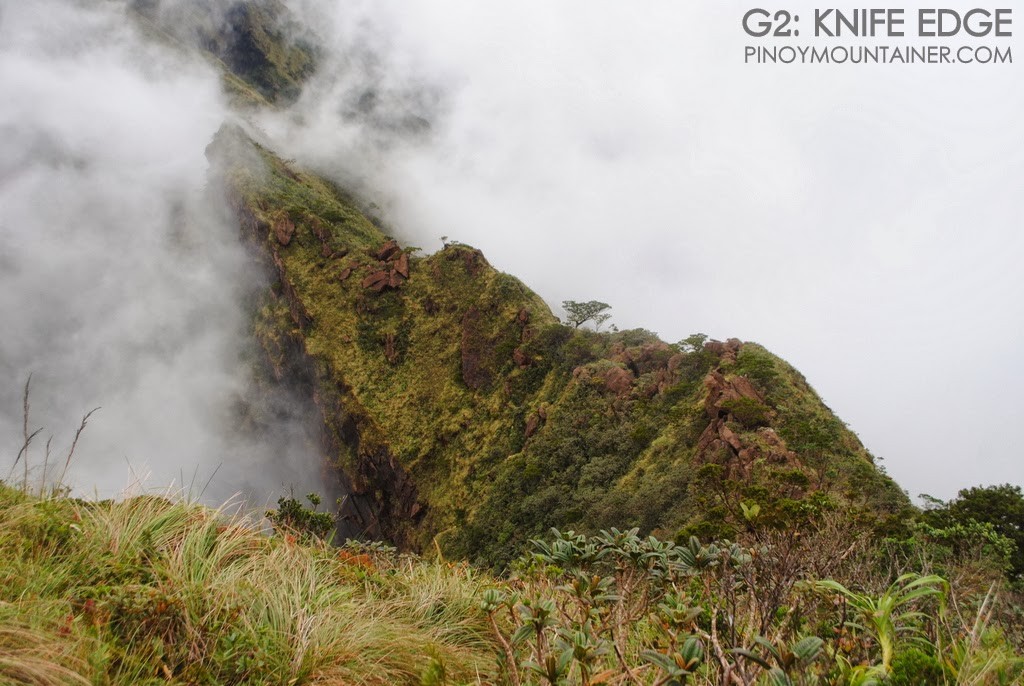
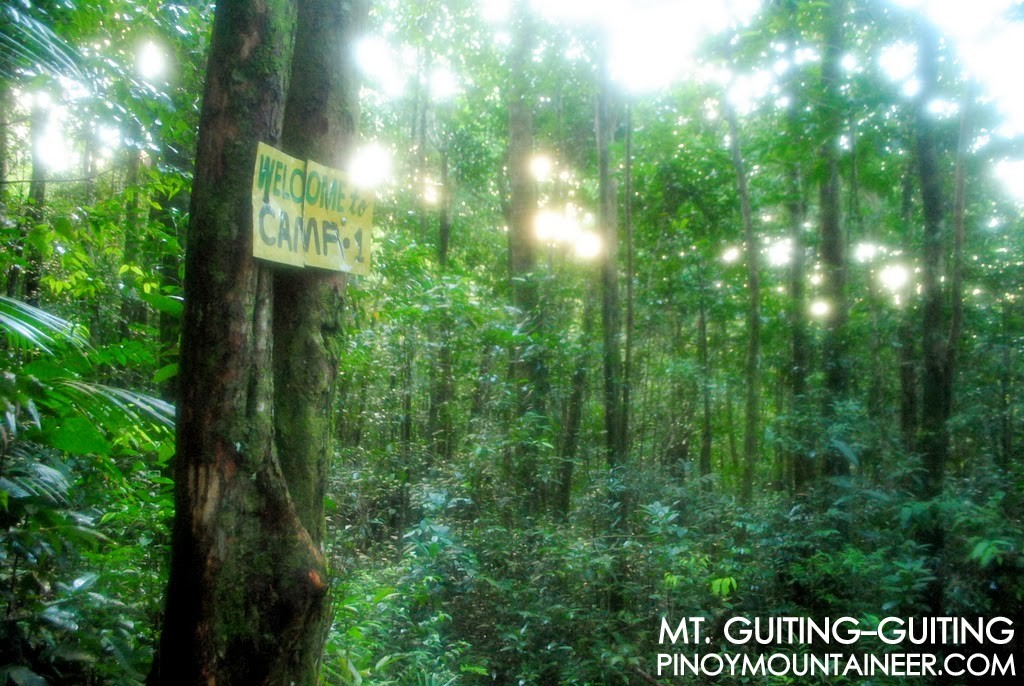
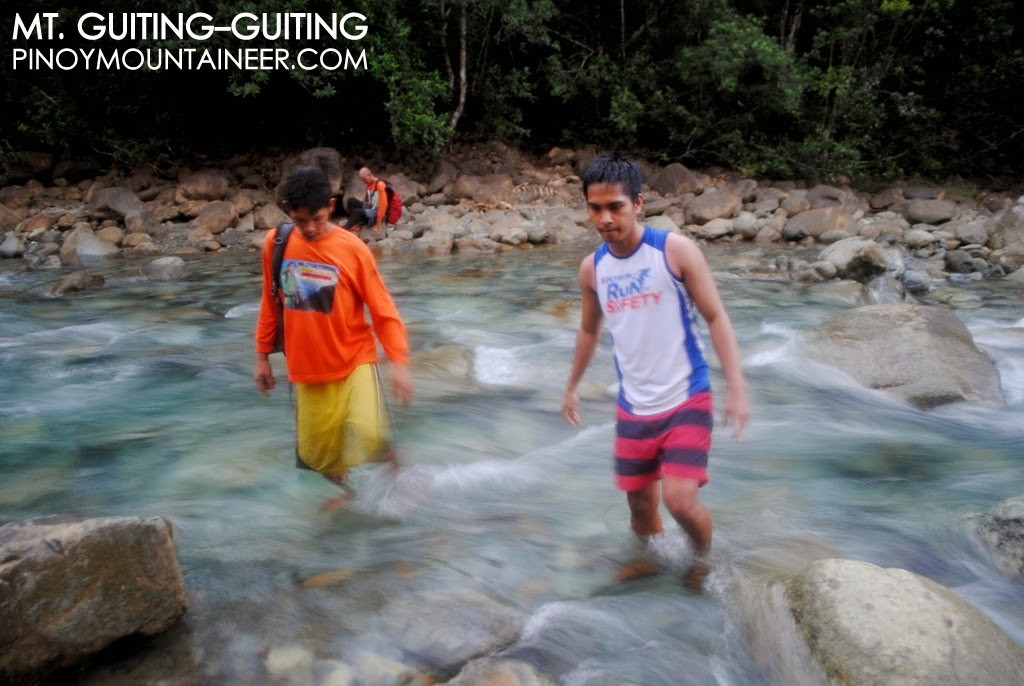

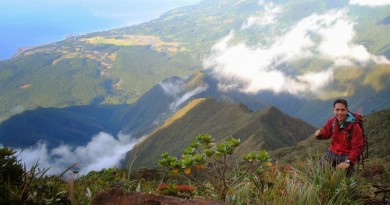
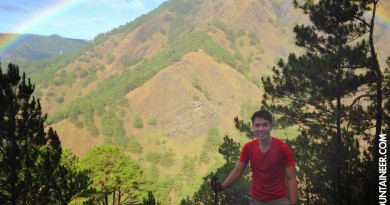
Leave a Reply
Be the First to Comment!